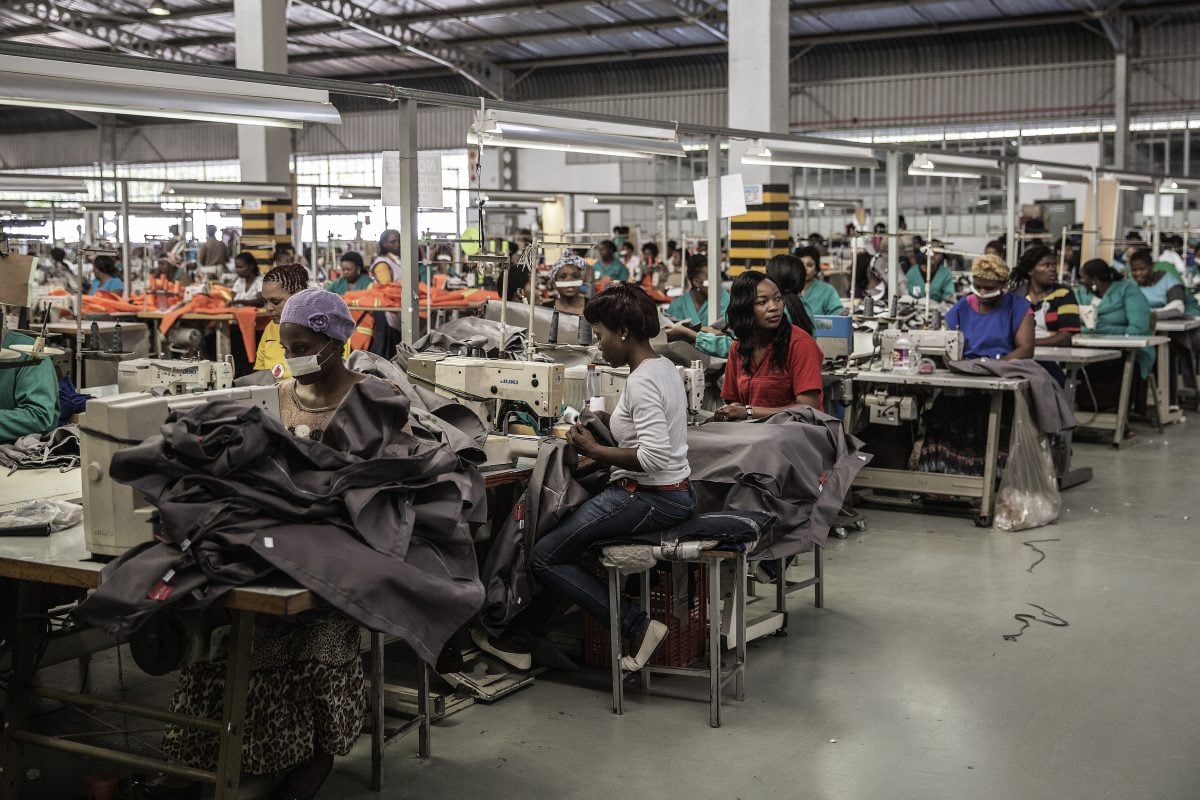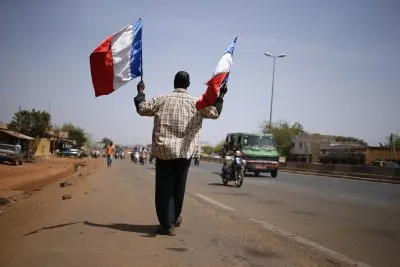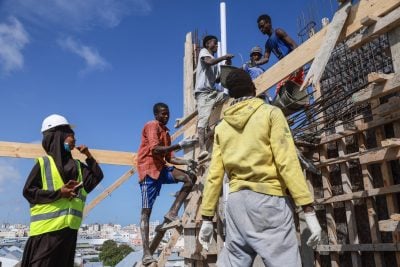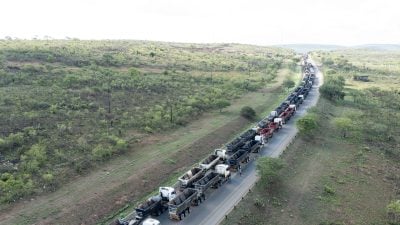Africa’s apparel and textile manufacturers – already reeling from US tariffs – will be hardest hit by the end of the US’s tariff-free African Growth and Opportunity Act, according to research by the International Trade Center (ITC).
AGOA, which has provided dozens of African countries with tariff-free access to the US market since it was signed into US law in 2000, was allowed to lapse on September 30 by the Trump administration, bringing an end to preferences for 32 countries, of whom 22 qualified for apparel provisions.
Across all sectors, tariff measures introduced in 2025 are estimated to reduce projected exports of AGOA beneficiaries by about 8% by 2029. The expiry of AGOA adds a further decline of 0.6 percentage points, or $189m.
$138m of that will be accounted for by reductions in exports of apparel and textile products to the United States, which are expected to register a decline of 9.7% by 2029 as a result of the end of AGOA, by far the greatest impact on any sector. Skins, leather, products thereof and footwear (-3.3%), processed food and animal feed (-1.6%) and vehicles (-1.3%) are the next most affected.
The ITC says the expiry of AGOA will increase duties in value-added and labour-intensive sectors that had benefited most from preferential access. The steepest hikes are observed in apparel & textile products (+14 percentage points), skins, leather, products thereof and footwear (+4.3) and processed food & animal feed (+2.4), where competitiveness has relied heavily on duty-free entry under AGOA.
In recent months, the administration has hit African and non-African countries with tariffs, further exacerbating the impact of the end of AGOA. For the apparel industry, the 14 percentage point increase from the end of AGOA combined with the 13 percentage point increase from 2025 tariffs leads to a total tariff increase of 27 percentage points.
Real world impact
AGOA contained special provisions for textiles and apparel, including the “third-country fabric allowance.” This rule, available only to “least developed” countries approved for apparel eligibility, allowed them to source fabric globally while still exporting finished apparel duty-free to the United States. It was instrumental in enabling countries such as Lesotho, Kenya and Madagascar to establish competitive apparel industries. More advanced economies such as South Africa and Mauritius, while granted apparel eligibility, did not benefit from the third-country fabric allowance and were subject to stricter rules of origin requiring fabric sourced from the United States or other AGOA beneficiaries.
Pamela Coke-Hamilton, executive director of the ITC, said the end of AGOA and the introduction of US tariffs could have a devastating impact on apparel exporters.
“If AGOA were to lapse, it will deal a blow to African countries already feeling the weight of new trade measures, from the latest tariffs to sustainability requirements. Access to key markets is becoming more difficult, and African countries – especially the least developed – are feeling the strain.
“Take Lesotho. Nearly 60% of its apparel exports go to the US, worth over $230m annually. Under AGOA, those goods entered the US market duty-free. Today, they face a 15% tariff. That may sound small, compared with the initial 50%, but this move has led to cancelled orders, lost jobs and reduced competitiveness vis-à-vis neighbours like Kenya and Eswatini, which face a 10% rate. Lesotho’s textile industry employs 40,000 people. This is affecting real people, real lives.”
Mining largely unaffected
Meanwhile, UN Trade and Development says that “the recent expiry of the scheme would threaten export diversification and industrialisation across the continent.“
“The expiry of AGOA would disproportionately affect Africa’s light-manufacturing exports to the US, namely apparel and agro-food products, such as fish and dried fruits…Due to varying tariff rates and exceptions for sensitive raw materials, African exports of agricultural goods and manufactured products would be subject to tariffs that are two-to-three times higher than those applied on fuels and minerals.”
By contrast, UNESCO says exporters of mined commodities are the least affected by the US tariff changes on African goods.
“Countries like the Democratic Republic of Congo, Nigeria or Angola – whose exports are primarily fuels and minerals – face minimal tariff increases, as their main exports already benefit from low MFN (most-favoured nation) tariffs, or exemptions from additional duties. More diversified economies, such as South Africa, are less exposed to AGOA’s expiry but have already experienced significant tariff increases this year due to country-specific and sectoral tariffs.”
Want to continue reading? Subscribe today.
You've read all your free articles for this month! Subscribe now to enjoy full access to our content.
Digital Monthly
£8.00 / month
Receive full unlimited access to our articles, opinions, podcasts and more.
Digital Yearly
£70.00 / year
Our best value offer - save £26 and gain access to all of our digital content for an entire year!

 Sign in with Google
Sign in with Google 



